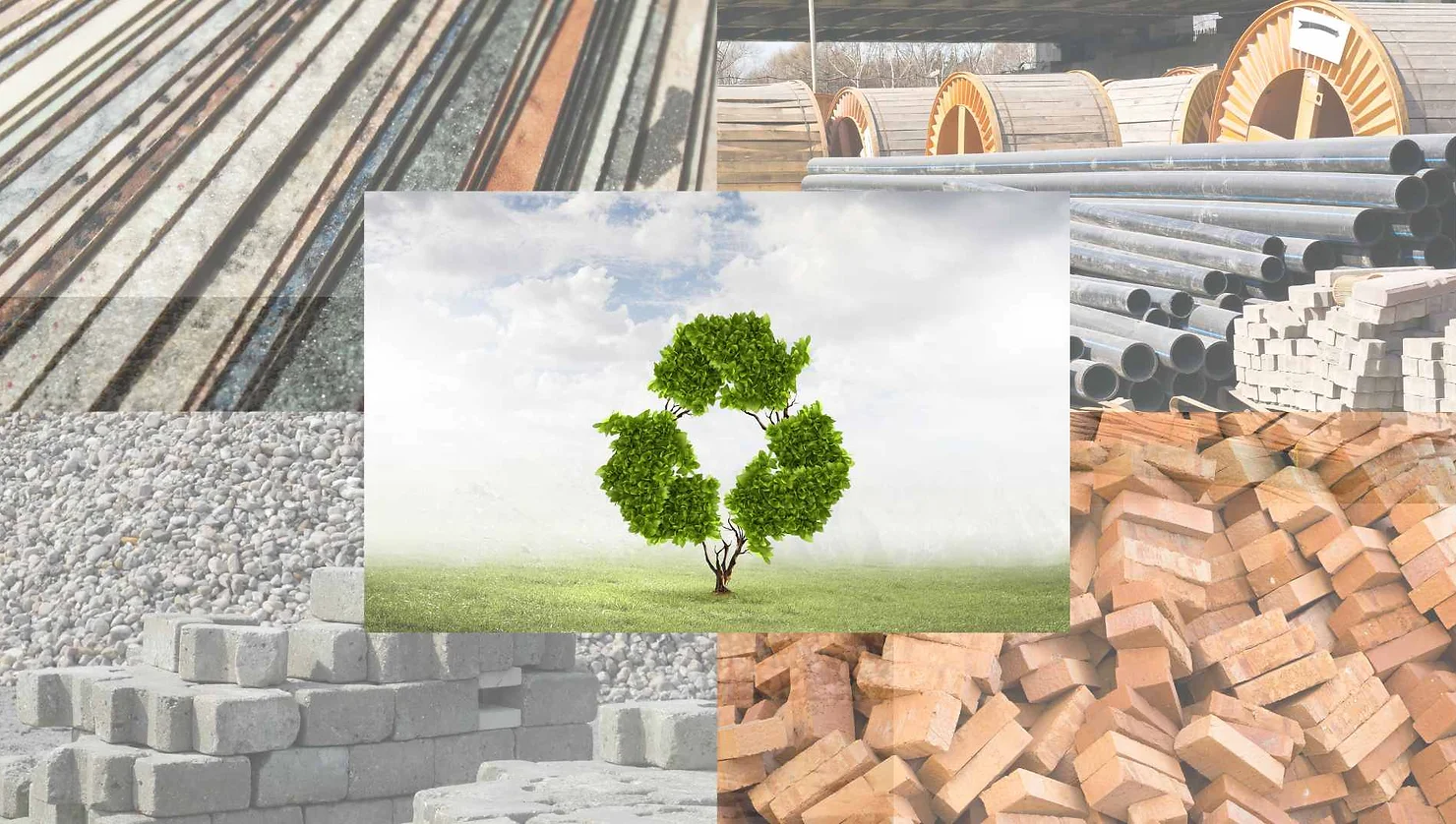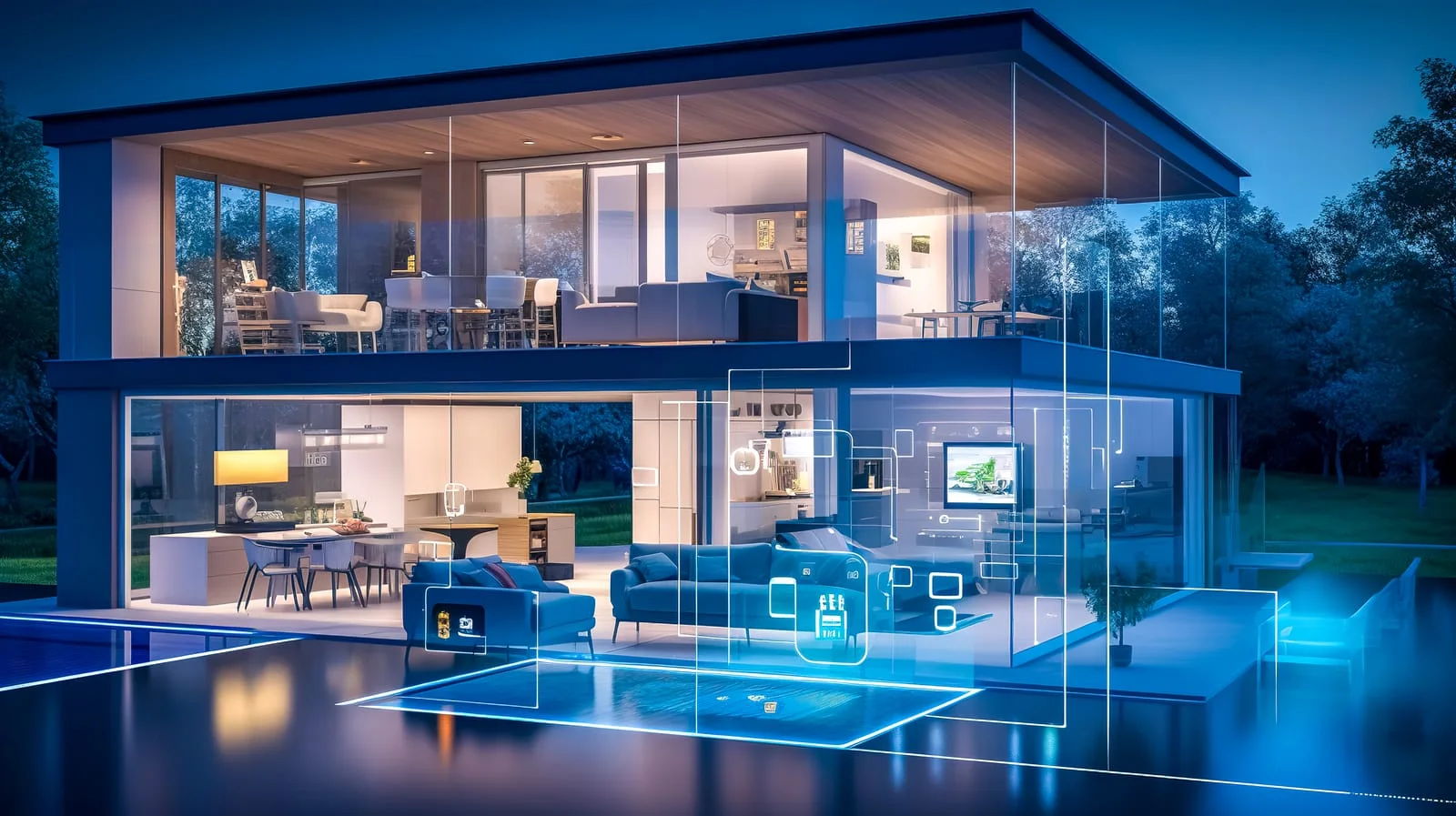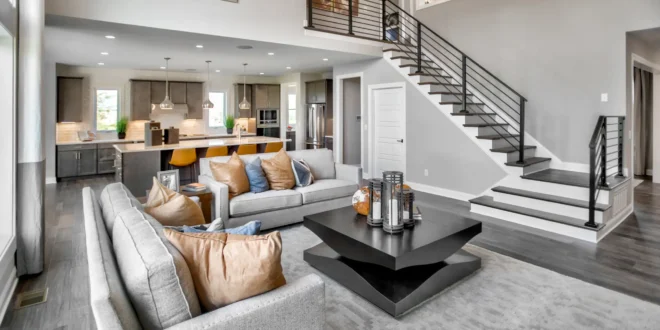As conscious consumers minimize their environmental impact, sustainable building goes mainstream. From solar shingles to recycled materials, today’s eco-homes merge smart technology with back-to-basics simplicity for responsible living.
This shift isn’t just about personal preferences—it’s part of a broader global response to climate change, rising energy costs, and a desire for more resilient living spaces. Homeowners today are no longer content with structures that merely provide shelter—they want spaces that actively support their health, community, and the environment.
Energy Systems ─ Tapping into Renewables
Traditional homes guzzle fossil fuel-powered energy from the grid; modern houses harness the sun, wind, and earth instead. Solar panels convert daylight into electricity for powering appliances and devices, and solar water heaters supply hot showers without wasting energy. Geothermal heat pumps circulate underground warmth in winter then reverse mode for cooler indoor air during summer, and wind turbines can supplement with breezy backup charging.
Modern homes often integrate multiple energy sources for maximum efficiency. For instance, solar combined with geothermal allows homeowners to cover both electricity and temperature regulation year-round. These setups reduce dependency on external power grids and offer stability in regions prone to outages or extreme weather. With batteries that store and smart meters that monitor usage, self-sufficient homes find freedom in off-grid renewables.
Extra Tip: Many new builds now include EV (electric vehicle) charging stations powered by their solar systems, making them not only energy efficient but transportation-friendly too.
Water Works ─ Rethinking What Goes Down the Drain

Yesterday’s homes sent endless water spiraling down the pipes after a single use, but today’s dwellings recycle this precious resource in clever ways. Instead of waste, water now circulates through smart systems that preserve every drop.
Modern eco-homes implement water-saving solutions such as:
- Rainwater harvesting systems that collect runoff from rooftops into barrels for use in irrigation or outdoor cleaning
- Grey water recycling setups that divert lightly used water from sinks, showers, and washing machines to flush toilets or water plants
- Low-flow fixtures, including toilets, faucets, and showerheads, that reduce water usage at the source without compromising performance
- Smart irrigation systems that adjust watering schedules based on weather conditions and soil moisture, preventing overwatering
- Eco-conscious water delivery services like Alive Water that provide spring water in reusable glass bottles, minimizing plastic waste
- Atmospheric water generators that extract moisture directly from the air and filter it into clean, drinkable water, especially useful in arid climates
These innovations represent more than just plumbing upgrades—they’re part of a shift toward circular water usage, where homes not only consume less but also create and reuse. From sky to tap and back again, water is valued, protected, and thoughtfully managed in the homes of today and tomorrow.
Mindful Materials ─ Choosing Sustainable Surfaces
Beyond technical systems, the substances that surround residents every day matter as well. Instead of vinyl and engineered wood, modern homes install bamboo floors with a natural style and biodegradable end-of-life. Natural linoleum, composed of wood dust and linseed oil replaces petroleum-based vinyl flooring.
Paints with zero VOCs (volatile organic compounds) improve indoor air. Counter tops come crafted, not carved; renewable cork, coconut fiber, and bamboo composites supplant quarried stone and granite.
In some cases, repurposed materials like reclaimed wood, salvaged brick, or even recycled metal roofing bring a story and texture to interiors that new products cannot replicate. These choices reduce demand for raw materials and add personality to a home.
Furthermore, when designing spaces, builders leave some surfaces unfinished altogether to showcase green structural materials aesthetically. Through conscious material selection, the substances that surround us tread lightly environment while offering unique and breathable beauty.
Waste Not ─ Taking Out the Trash Sustainably

Status quo homes set out bags of rubbish with little further thought. But tomorrow’s homes consider the entire lifecycle of goods from acquisition to disposal to set new sustainability standards. During construction or renovations, they integrate used and recycled building materials to give resources renewed purpose. Once occupied, recycling and composting reduce outgoing waste to a bare minimum. Any lingering trash gets repurposed via waste-to-energy conversion at high-tech facilities.
Some homes even include dedicated composting toilets or biogas digesters that turn organic waste into usable fuel. Others have dual-bin kitchen setups that encourage separating recyclables and organics from the get-go. Integrating passive solar, effective insulation, airtight seals, and system controls means these houses need less heating and cooling to begin with.
Smart Controls ─ High Tech Meets Simple Living
Technology often gets a bad rap for distancing us from nature and community. But in sustainable households, smart systems are doing the exact opposite—bridging comfort, efficiency, and connection with both people and the planet. App-based interfaces now give residents seamless control over energy use, temperature, lighting, security, and appliances, all without complicated panels or constant adjustment.
What makes these systems truly powerful is their ability to learn from daily habits and respond in real time. Many smart homes now include features like:
- Adaptive lighting that automatically dims or brightens depending on natural sunlight
- Climate-sensitive blinds and shades that close when indoor temperatures rise to keep cooling costs low
- Room-by-room temperature zoning that avoids heating or cooling unused areas
- Smart thermostats that learn your schedule and optimize energy use for comfort and efficiency
- Remote appliance control that lets you turn off forgotten devices or preheat the oven before you get home
- Automated water systems that reduce consumption during dry spells or shut off if a leak is detected
Homes with net-zero aspirations often go even further, combining these tools with solar power, energy storage, and usage tracking to push toward true energy independence. Perhaps most surprising is how these digital helpers don’t overcomplicate life—they simplify it. With the heavy lifting handled, homeowners gain more time to focus on what matters most: enjoying moments with family, building community, and reconnecting with the natural world just outside their walls.

Conclusion
With eco-conscious design, today’s forward-looking homes tread gently while keeping modern comforts and conveniences. Solar panels and geothermal pumps tap nature’s free abundant energy without fossil fuel dependence.
Water recycling and delivery innovations uphold supply while easing municipal infrastructure. Waste reduction and green construction materials ensure homes leave nearly no footprint from start to finish.
And smart automation balances high-tech connectivity with simple sustainable living. Through holistic design, the homes of tomorrow shelter both families and the planet at once.
 Imagup General Magazine 2025
Imagup General Magazine 2025
